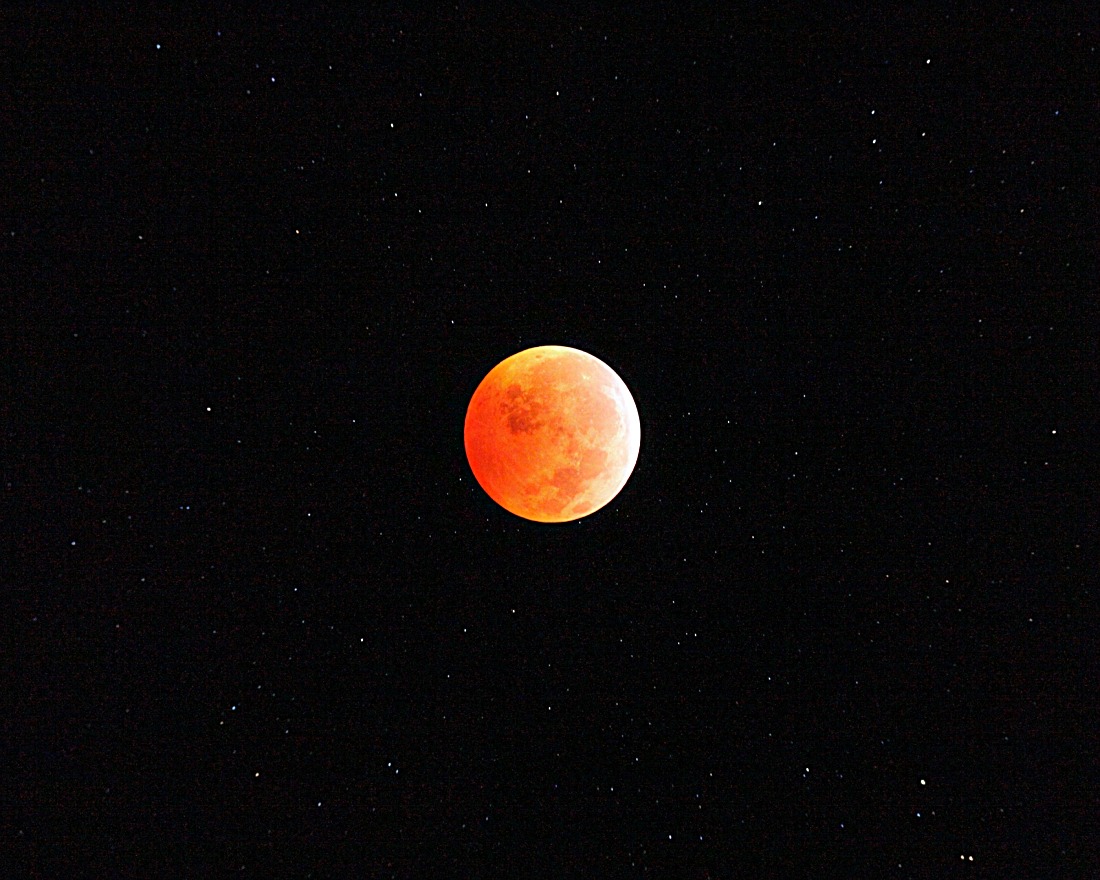Dedicated to the safe observation of the
The United States saw a Total Solar Eclipse!
Your use of this site is contingent on your understanding and agreement that you have read this link, you agree with its contents, and you will comply with all the rules of common sense and well established protocols for eye safety when observing any solar phenomenon.
Did you order glasses from us? Are you worried about the big recall?
How do you know the glasses you got from us were safe to use?
Eclipse2017.org is on the American Astronomical Society's approved vendor list for eclipse glasses!
Also, please read the blog post we wrote about the safety of glasses ordered from Eclipse2017.org!
Latest News
- Visit Eclipse2024.org - dedicated to the NEXT total solar eclipse in North America!




